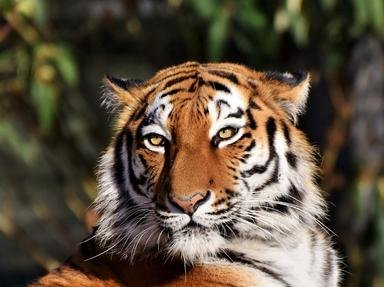Quiz Answer Key and Fun Facts
1. The word 'lynx' comes from the Greek 'lunx', which is similar to the Indo-European 'leuk', meaning 'white' or 'bright'. The lynx gets its name because of the brightness of which of its features?
2. Theophrastus was an ancient Greek philospher that had an interest in nature and gem stones. In his writings, he described the 'lyngurium' or 'lynx-stone' which he asserted was made from what part of the lynx?
3. 'Lynx' can refer to the cat itself, but it is also the name of this particular genus of the Felidae family. There are four species of lynx, but which one was classed as endangered in 2014?
4. Which type of lynx can be found as far north as southern Canada and as far south as northern Mexico?
5. Which of the following are some of the distinctive features of lynx?
6. Lynx tend to stay in large family groups for their entire lives.
7. The lynx is one of the national animals for which country in the Balkan Peninsula in Europe?
8. Which of these is NOT something a lynx would usually eat?
9. The Eurasian lynx has the largest range of the four species, with the majority of its territory being in which country?
10. The caracal, sometimes called a desert lynx, is a subspecies of the Eurasian lynx.
Source: Author
tiffanyram
This quiz was reviewed by FunTrivia editor
Tizzabelle before going online.
Any errors found in FunTrivia content are routinely corrected through our feedback system.


